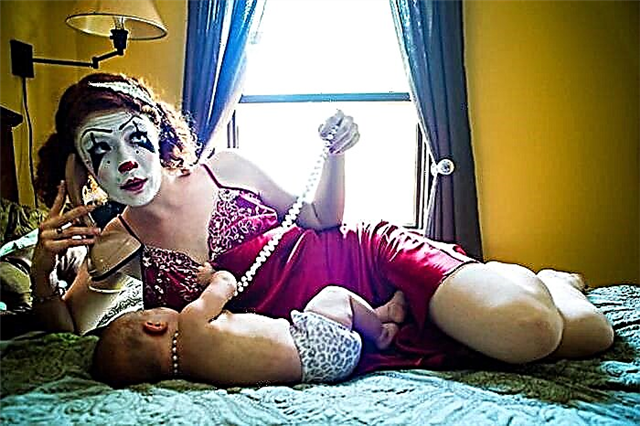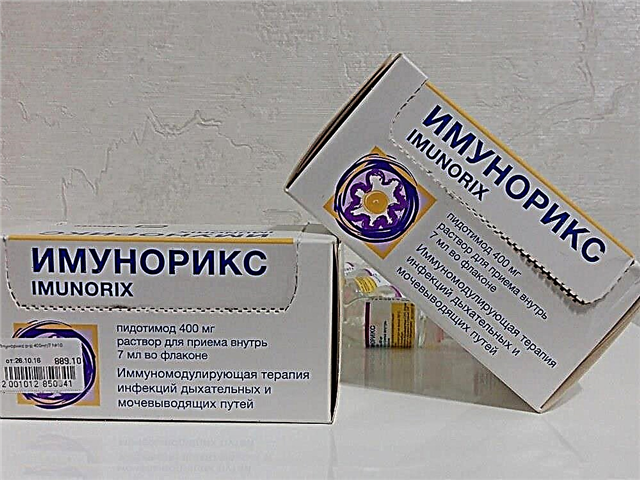Children's neurological problems are a problem in modern society. Negative factors - unfavorable environmental conditions, stress during pregnancy, poor nutrition, affect the state of the nervous system of babies. Neurology in newborns, according to WHO studies, occurs in about four out of five babies.

Neurology in newborns
Features of the children's nervous system
The child's nervous system begins to develop during the prenatal period. Doctor Komarovsky points out the following main features:
- By the end of the prenatal period, the nervous system is already fully formed.
- A child is born with an immature nervous system.
- The development of brain tissue occurs after birth.
- The brain of a newborn has almost all convolutions.
- The most mature at the time of birth is the spinal cord.
Note! At birth, the mass of the brain is ¼ of the weight of an adult's brain. By the end of the second year, it reaches 80% of the mass of an adult brain.
Basic reflexes of newborns
In newborns, the following main groups of reflexes are checked:
- Root. If you touch the corners of the lips, then the baby turns the head and opens his mouth.
- Sucking. When you touch the lips, rhythmic movements are observed.
- Prehensile. When stroking a child's palm, the fingers are compressed into a fist.

Grasp reflex
- Palmar-oral. When pressing on the palm, the baby opens his mouth, tilting the head.
- Reflex Moro. When hitting the surface where the infant lies, he spreads his arms to the sides, then makes a grasping movement.
- Protective. If you put the child on his stomach, then he turns his head to the side.
Symptoms of neurology in infants
Neurological symptoms in newborns can manifest themselves in:
- increased nervous excitability;
- trembling limbs;
- frequent regurgitation;
- movement disorders;
- sleep disorders;
- increased muscle tone;
- dysregulation of intracranial pressure.
There are also signs of diseases of the autonomic nervous system:
- convulsions;
- the presence of a marbled skin tone;

Marbling of the skin in a newborn
- wet and cold limbs;
- increased sensitivity to changing weather conditions.
The appearance of symptoms of neurology in newborns is a reason for immediate medical attention.
The reasons for the development of pathologists
The main reasons for the development of neurological diseases in babies are:
- birth injury;
- oxygen starvation;
- complicated labor;
- toxicosis of women during pregnancy;
- unfavorable heredity.
The main types of diseases
These are the most common neurological diseases in newborns:
- Hypoxic-ischemic damage to the central nervous system. It develops against the background of fetal hypoxia during pregnancy.
Dangerously! Severe fetal oxygen deprivation increases the risk of intellectual disability, cerebral palsy, or seizure disorder.
- Birth trauma. These include all neurological disorders in newborns that appear after the child passes through the birth canal.
- Hydrocephalus. This is an excess accumulation of cerebrospinal fluid in the ventricles of the brain. The disease leads to deformities of the skull.

Hydrocephalus
When violations can be noticed
If neurology is suspected in infants, its symptoms can appear from the first weeks of life. Already at this time you can notice:
- lack of a sucking reflex;
- lack of a protective reflex;
- inhibition of the reaction of automatic walking;
- no pinching of an object or finger;
- asymmetry of the reflex response in the legs;
- pathological bulging fontanelle.
Up to a year, you can notice such signs of neurology in infants:
- marbling of the skin, the presence of stripes on it (this symptom is physiological in the first years of life);
- accelerated head growth;
- strabismus.
What does delay lead to
Neurological manifestations in newborns are not always pronounced. Sometimes only a doctor can notice the development of a serious illness. The danger of ignoring the symptoms of neurological diseases is that they lead to the progression of pathologies.
A number of manifestations of neurological disease require immediate medical attention.
Neurologist for babies
Examination of the child by a pediatric neurologist is necessary to assess the general condition of the baby and collect anamnesis. The following information is important for the doctor during the appointment:
- what is the pregnancy, and whether the mother had bad habits;
- the presence of diseases during pregnancy;
- whether there was a threat of interruption;
- whether there was toxicosis.
With a general examination of a child under one year old, the following are evaluated:
- the shape and size of the skull;
- the size of the large fontanelle;

The fontanelle in a child
- anomalies in the development of auricles, eyes.
Important! A pediatric neurologist should examine a child at the age of 1, 3, 6 months. If the baby develops without deviations, then the next examination for symptoms of diseases in neurology in children under one year old should occur at 12 months. In case of developmental abnormalities, a neurologist for an infant should be called every month.
Also, special attention is paid to unconditioned reflexes. After 3, maximum 4 months, they should gradually fade away. The presence of neurological symptoms in infants associated with pathological unconditioned reflexes is a reason for hospitalization in the children's department.
Upon reaching one month
The neurologist monitors whether the child has developed characteristic signs indicating normal development. At one month of age, the toddler must hold his head for a short time, lying on his tummy, fix his gaze on a bright object or mother's face. At the same age, the baby begins to walk.
Upon reaching three months
The neurologist records how at the age of three months a child can hold his head for a long time. He begins to roll over on his back on his own, grab the toys in his hands and examine them.
At the age of six months
At this time, the child is able to respond to a name, distinguish between friends and foes, actively babble, get on all fours. He also tries to sit down. The neurologist must monitor all changes.
Older children
By the age of 9 months, the doctor should record the following changes:
- the baby can stand holding onto the support;
- squat;
- fulfill the simplest requests.
Diagnosis of the disease in infants
To diagnose a newborn, a neuropathologist uses the following studies:
- Doppler ultrasonography. It allows you to visualize the work of the vessels of the head and neck.
- Vascular ultrasound.

Ultrasound of blood vessels for a child
- EchoEG. With its help, the electrical activity of the brain is recorded.
- Computed tomography or magnetic resonance imaging can provide a complete picture of how the brain works.
Childhood diseases of the nervous system should be diagnosed and treated as early as possible. Only in this way will the child's development be complete. Delay in starting treatment for neurology in infants causes serious complications.



